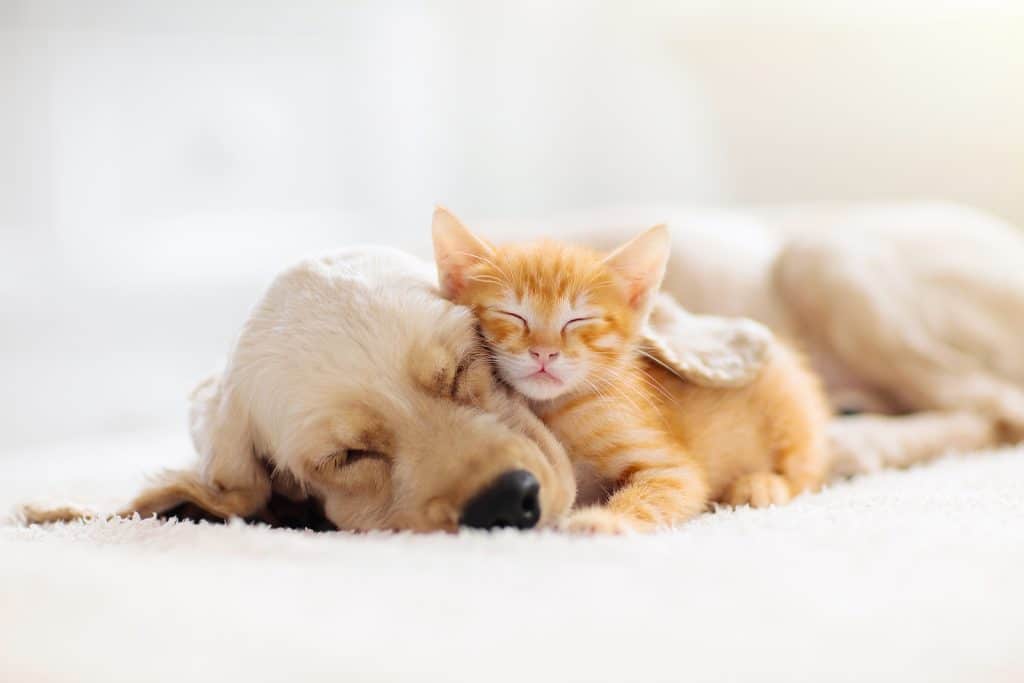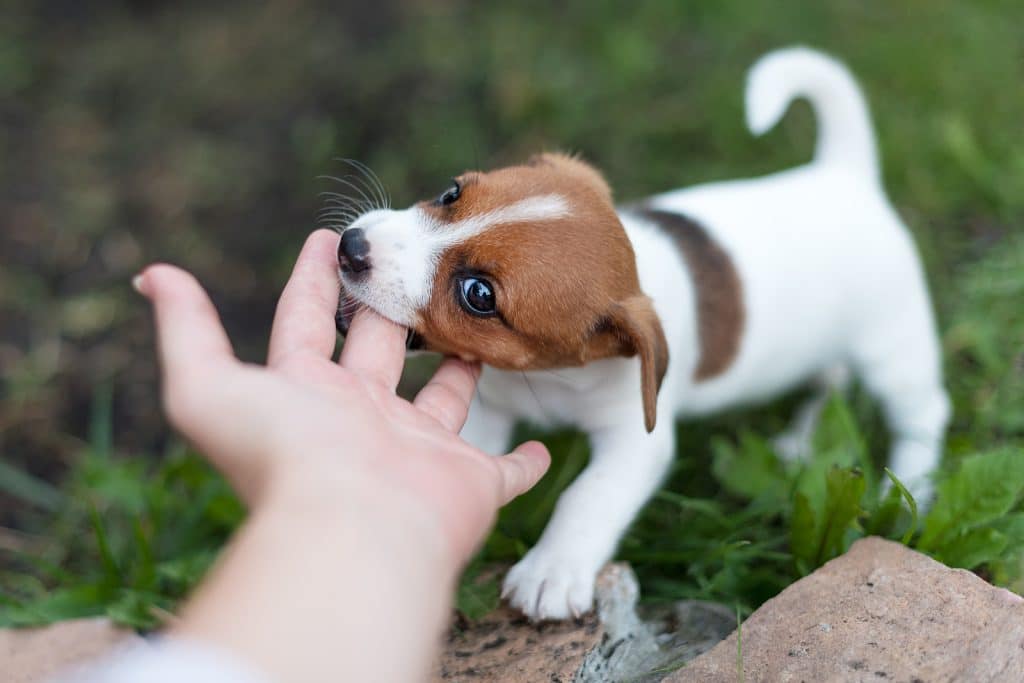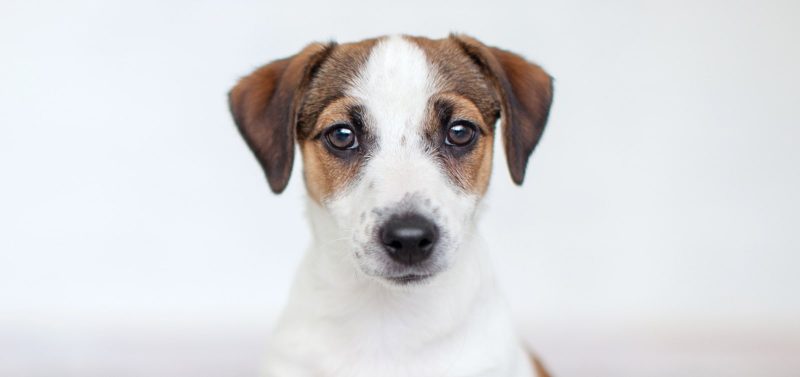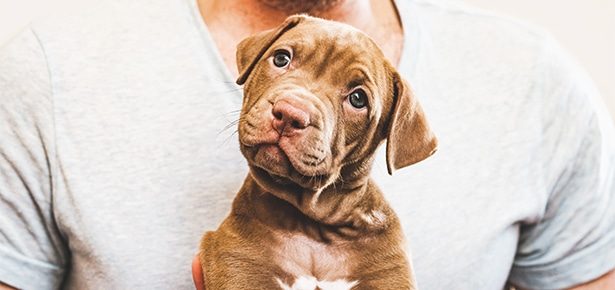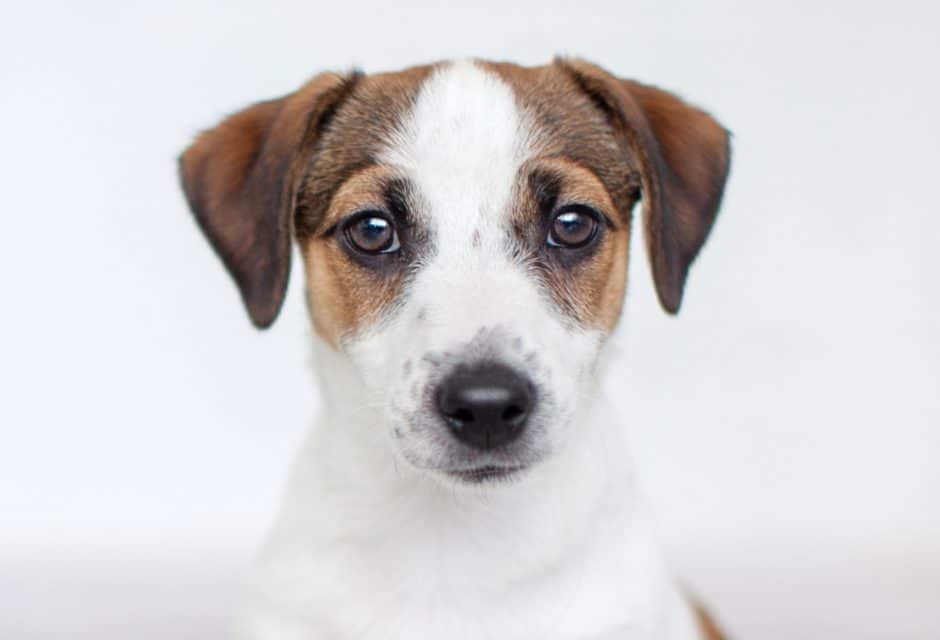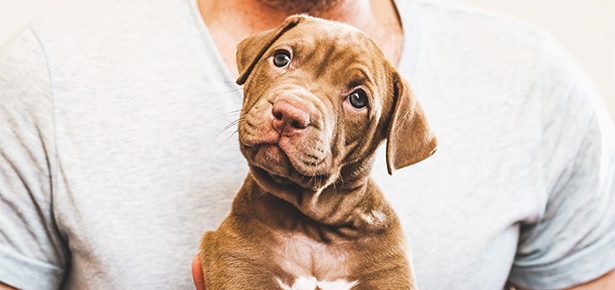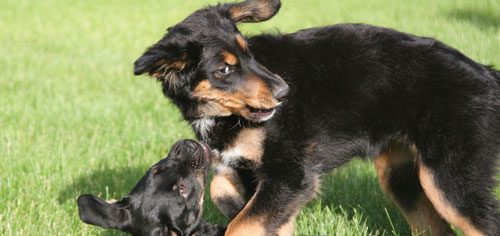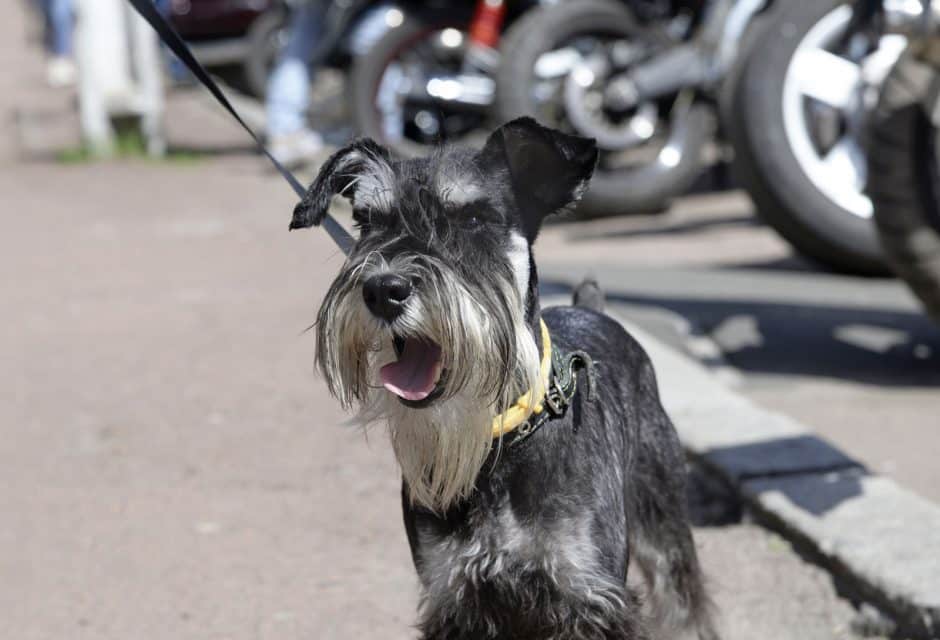

Puppy Socialization and Bite Inhibition
Bringing Up Baby
Most puppies seem to love everybody and everything. How do we best ensure that our dogs continue to get along well with the world as they grow up? Many owners of new puppies will have heard about something called socialization. This is the second most important item on any puppy’s educational curriculum, whereas the most important goal is bite inhibition. So what do these terms mean, is there any need to hurry, and what if they don’t happen?
Puppy Socialization 101
The degree of a dog’s socialization-whether he becomes a “well-socialized” or “poorly socialized” member of the community-depends on the type of social environment he experiences while young. All young dogs (like young people) will learn about their social world through interacting with it. Those who are exposed to a wide variety of positive, rewarding experiences will form a different view of the world than those who are isolated, mistreated or bullied.
Your aim, as owner, should be to help your dog grow to be both people- and dog friendly. If your young pup is exposed to a large number of dogs, humans and other animals under a variety of different but essentially non-traumatic circumstances, your puppy will grow up to be an adult dog who enjoys the company and actions of other dogs and people. Occasional outside individuals may be obnoxious or frightening, but on average, the world is a good place and there is no need for defensiveness or fear.
On the other hand, if a pup is kept in isolation, he has no opportunity to learn about the outside world and as an adult, other dogs and people will seem strange and threatening. The dog will be ill-equipped to respond in a calm, non-aggressive manner. And an adult dog who is startled, fearful or threatened is an entirely different matter from a scared little puppy.
A young dog must also learn how to behave appropriately. This is his best defense against being mistreated or bullied by other (evidently poorly socialized) dogs later in life. If a puppy has few partners with which to practice social behaviour, he will not necessarily learn the full repertoire of appropriate doggie behaviours, and will not learn to be calm and confident in a wide variety of situations. A dog that flees in fear upon encountering other dogs is likely to be chased! As time goes on, the fear is merely reinforced by each encounter.
How do dogs learn socialization and bite inhibition naturally?
Almost all canids (members of the dog family) are highly social animals with complex and variable systems of interaction. Unlike birds, which will figure out how to mate and fly and hold territories even if separated from their parents soon after hatching, dogs need time and adequate opportunity to develop their social skills during the first four or five months of puppyhood. Young dogs learn what is acceptable and what is not from their mothers and siblings, and later, from other members of their community. Generally, the learning of social skills and how to read the body language of others is through trial- and-error- most importantly through play while young.
As they develop, they will test their social boundaries with other, strange dogs, to find out just how much they are able to get away with. Young puppies can get away with a fair bit. However a five-month-old pup who is a bit too cheeky with a dominant adult male in the park (attempting a mounting, for example) will learn in no short order that he is out of line. Rarely are there any injuries (though the pup might shriek as if the sky is falling in on him), and owners are best to let this natural process unfold, to treat it as a “that’s what you get!” rather than a calamity. The pup has just learned something important about how to interact socially as an adult with other dogs. If his early socialization was largely positive, this kind of event will be assimilated as a lesson rather than a trauma. He will probably keep his distance from the gruff one for a while, and will then learn that if he does so, nothing bad happens.
How puppies learn to interact with humans
A puppy’s best education regarding how to behave with other dogs involves other dogs, especially other puppies whose jaws are not strongly developed, or later on, well socialized adult dogs with good bite inhibition. Socialization with other dogs, however, is only one part of the equation. Much more important to a dog’s getting along in the world is that he learn how to interact well with humans. He must learn not to be fearful of people who happen to look, act or smell different. If you are able, expose him to people in hats and sunglasses and different types of uniforms, people with different skin colours and styles of facial hair, people doing tai chi in the park, even people in scuba gear if you can arrange it- and make it jolly! Especially make an effort to introduce your young puppy to men and children. Keep the treats and positive reinforcement flowing whenever he manages to be calm and friendly in these novel situations.
Puppies getting along with other animals
A dog is not pre-programmed to know what types of creatures are potential social group members. (This is, perhaps, why they are one of the few non-human animals we can bring into our homes and enjoy as family members.) You can teach him to be quite cosmopolitan if you put your mind to it. The best time-and for some, the only time-to teach a dog to be friendly to cats or rabbits is during puppyhood. After about three months of age, the socialization window begins to close. And don’t stop with just household pets; you never know when you might be hiking along and a horse and rider show up-and if your adult dog has never been exposed to them, you won’t necessarily like how he reacts. Seek out situations early on where your young pup can get used to all kinds of animals and feel calm, relaxed and relatively disinterested around them.
Training your puppy: Start right away
Puppyhood is without question the most important time to teach your dog as much as possible about the outside world and about how he can most successfully interact with it. Most puppies are removed from their natural learning environment- their mother and siblings-at about eight weeks of age. After you bring an eight-week-old pup home, it is up to you to continue his social education. This is most effectively done before 12 weeks of age. There is no time to waste.
Bite inhibition
Bite inhibition is the most important skill your puppy needs to learn. This is not the same as socialization, but often comes as part of the package. Young dogs normally learn bite inhibition from their littermates before about 18 weeks of age. If they bite too hard, the recipients react! If you acquire a puppy at eight weeks, you’ll need to take over this education right away. It is important to note that this does not involve stopping a puppy from biting altogether, as you will then actually interfere with his learning how to soften his bites. Bite inhibition involves using the mouth with control rather than never doing so at all. Most adult dogs bite and nip a great deal when they play; however injuries are rare. While their jaws are easily strong enough to break bones, playing dogs (or even those who feel they must drive off a rival or discipline an unruly puppy) deliberately choose not to.
Timing is crucial. It is extremely difficult to teach an adult dog to exercise bite inhibition. One might eventually, by risking his or her own skin, teach a dog to inhibit his bites with humans, but it would be inhumane to subject an unsuspecting dog or cat to the uninhibited bites of the one you are trying to educate.
Then reap the rewards
A well-socialized adult dog is able to greet a variety of other living creatures confidently and affably, and to deal calmly with most novel experiences. A well-socialized dog will trust that his surroundings are basically friendly and benign provided that he acts within the accepted boundaries he has learned. He is a pleasure to interact with and to take places- which can be nothing other than a win-win situation. But do not delay. Puppyhood is the time to teach your dog these essential life skills. ■
Join the newsletter and never miss out on dog content again!
"*" indicates required fields
By clicking the arrow, you agree to our web Terms of Use and Privacy & Cookie Policy. Easy unsubscribe links are provided in every email.
